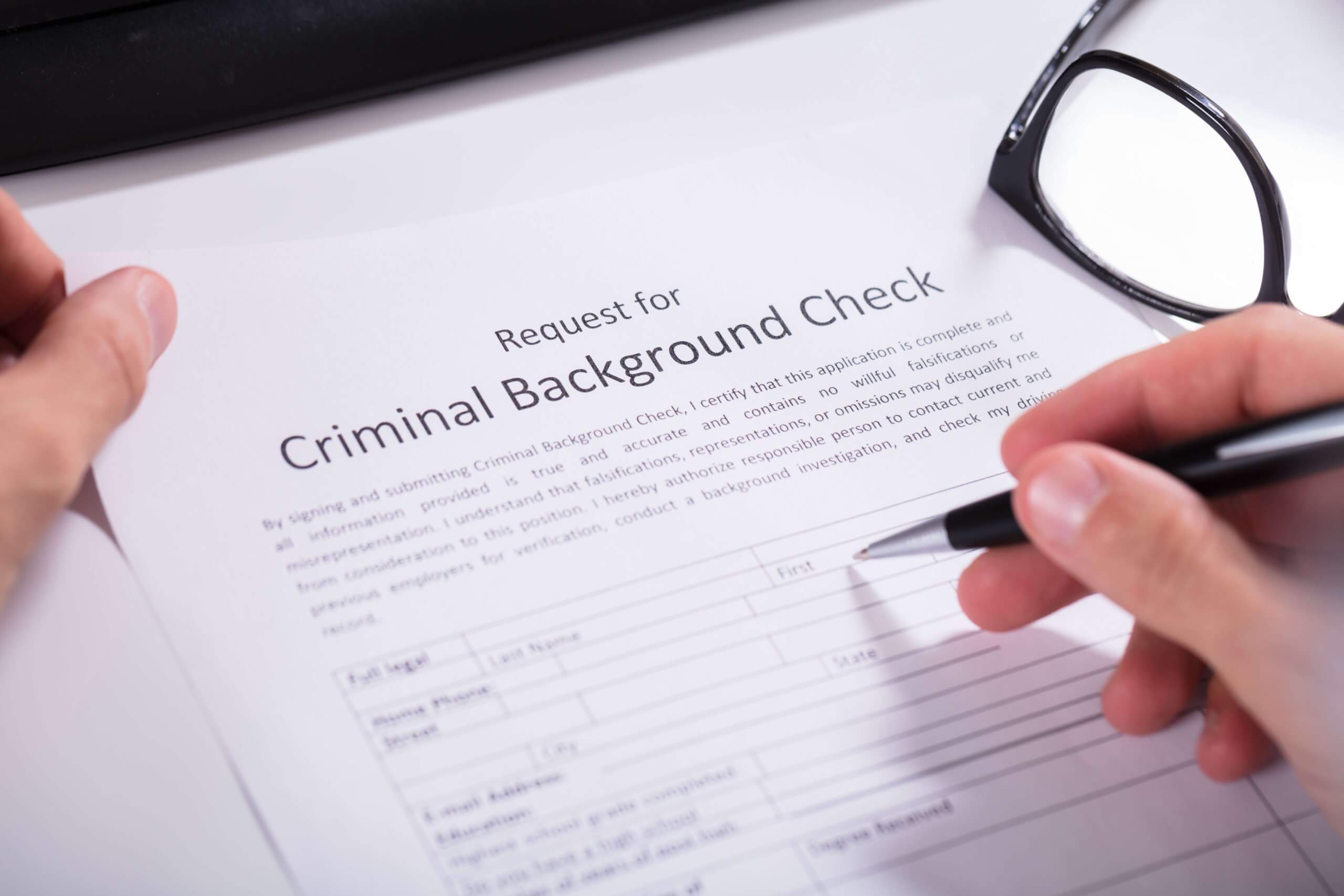On July 24, 2020, the Federal Deposit Insurance Corporation (FDIC) released a final rule to revise and codify into the agency’s regulations the FDIC’s Statement of Policy (SOP) on Section 19 of the Federal Deposit Insurance Act. Section 19 generally prohibits any person from participating in banking who has been convicted of a crime “involving dishonesty, breach of trust, or money laundering, or who has agreed to enter into a pretrial diversion or similar program in connection with a prosecution for any such offense,” without first obtaining written consent from the FDIC. The SOP provides guidance relating to Section 19 and the FDIC’s application of the statute. The final rule will be effective 30 days after the rule is published in the Federal Register, at which time the SOP will be rescinded.
The final rule opens the door to employment at financial institutions for numerous people previously barred without written consent by the FDIC by: loosening the de minimis criteria; expanding the definition of “expungement” to include any order to expunge or seal a conviction or program entry by a court of competent jurisdiction; increasing the “small-dollar theft threshold” from $500 to $1,000; and deeming the use or possession of a fake, false, or altered identification by an individual under the age of 21 a de minimis offense, subject to certain conditions.
Under the SOP, FDIC consent is automatically approved and no application for the FDIC’s written consent is necessary where the covered offense is considered de minimis, because it meets all of the following criteria, including: there is only one conviction or program entry of record for a covered offense; the offense was punishable by imprisonment for a term of one year or less and/or a fine of $2,500 or less, and the individual served three days or less of jail time; the conviction or program was entered at least five years prior to the date an application would otherwise be required; and the offense did not involve an insured depository institution or insured credit union.
The final rule (i) allows for two covered convictions, provided the remaining de minimis criteria are satisfied; (ii) decreases the amount of time that must elapse following the date of a conviction of program entry from 5 years to 3 years if the individual has two covered convictions (or 18 months if the actions that resulted in both convictions or program entries all occurred when the individual was 21 years of age or younger); and (iii) eliminates the waiting period when there is only one covered, de minimis offense on a person’s record.
Section 19 does not cover arrests, pending cases not brought to trial, acquittals, or any conviction that has been reversed on appeal. Under the SOP, a conviction that has been “completely expunged” is not considered a conviction of record and will not require an application. To be a complete expungement, “the jurisdiction granting the expungement must not allow the conviction or program entry to be used for any subsequent purpose, including but not limited to an evaluation of a person’s fitness or character.” Expungements of pretrial diversion or similar program entries are treated the same as those for convictions.
The final rule eliminates the “completely expunged” requirement. In addition, the final rule expands the definition of expungement to include an order to seal the record. Under the final rule, convictions and program entries that have been expunged or sealed by a court of competent jurisdiction will not be considered a conviction of record.
Pursuant to its “simple theft” exception, the SOP provides that a conviction or program entry is de minimis: if it is based on a simple theft of goods, services, and/or currency (or other monetary instrument) where the aggregate value of the currency, goods, and/or services taken was $500 or less at the time of conviction or program entry; where the person has no other conviction or program entry under Section 19; where it has been 5 years since the conviction or program entry (30 months in the case of a person 21 or younger as described above); and it does not involve an insured financial institution or insured credit union. Simple theft excludes burglary, forgery, robbery, identity theft, and fraud.
The final rule increases the threshold for a conviction or program entry based on a simple theft of goods, services, and/or currency (or other monetary instrument) from $500 to $1,000.
The SOP does not include an exception for possession or use of fake identification.
Under the final rule, a “conviction or program entry for the creation or possession of a fake, false, or altered form of identification by a person under the age of 21, or the use of a fake, false, or altered form of identification by such a person to circumvent age-based restrictions on purchases, activities, or premises entry, shall be considered a de minimis offense … if the following conditions apply: (i) [t]he individual has no more than one other de minimis offense” and (ii) all other elements of the de minimis criteria are satisfied.







